Right to Rent for agents: staying compliant while becoming efficient
Right to Rent.
Sound familiar? It should.
In early 2024, the Home Office made waves by drastically increasing penalties by over 400% for Right to Rent breaches, with fines for first offences spiking from £80 to £5000 per lodger.
The increased fines come as part of a concentrated clampdown on illegal immigration in the UK by the Home Office, and, for repeat offenders, can even escalate to a potential prison sentence.
Now more than ever, letting agents can’t afford to drop the ball when it comes to verifying a tenant’s right to rent. But, if you’re dealing with multiple occupiers, keeping track of tenant checks (and finding a place to securely store documents for follow-ups) can quickly become a huge time-sink.
So how can agents streamline this process?
In this blog, we’ll take a closer look at the regulations, the risks, and a few ways that your CRM can help you nail Right to Rent compliance, every single time.
What letting agents need to know about Right to Rent checks
Though the Home Office’s steep increase in fines were only brought into play earlier this year, the concept of ‘Right to Rent’ checks has been around since the introduction of the Immigration Act in 2014.
Currently, landlords can choose to carry out their Right to Rent checks themselves, or outsource to you, their letting agent. If you’re carrying out these checks on their behalf, you need to make sure you do the following:
- Find out which adults will use the property as their main home (the ‘tenants’).
- Ask them for original documents that prove they can live in the UK.
- Check their documents to see if they have the right to rent the property.
- Check that each tenant’s documents are genuine and belong to them, with the tenant present.
You should also keep a copy of the tenant’s documents for the duration of their tenancy, and a year thereafter – but, be careful that the way you store them adheres to data protection laws.
You can find out which documents can prove a tenant’s right to rent via the Government’s user guide.
What are the consequences for non-compliance?
As we touched on above, the consequences for falling foul of your Right to Rent obligations can be dire.
Between 2022 and 2023 alone, total fines issued by the Home Office climbed from £29,960 to £151,480.
Currently, the penalty for first offences sits at £5,000 per lodger, and £10,000 per occupier. Think that sounds harsh? Right to Rent checks are an area where, unfortunately, you don’t get a second chance.
For landlords or agencies who repeatedly breach the guidelines, fines spike to £3,000 per lodger, and £20,000 per occupier – if you’re lucky. In extreme cases, you could even face a 5 year prison sentence.
Even more worryingly, you can also be fined if your tenant is found to be staying in the UK illegally, and you fail to show adequate evidence that you checked their right to rent. That’s why it’s key for your agents to know the right checks have been carried out at the right time (and be able to back this up with clear evidence).
Now, we aren’t trying to fearmonger (promise). In fact, staying Right to Rent-compliant can actually be pretty simple with the right tools – and we’re here to help. We’ve already introduced features within Street.co.uk to help you keep track of prospective and current tenants’ Right to Rent checks, and their supporting documentation.
How can letting agents make sure they’re staying compliant while maximising efficiency?
Use automated workflows to make sure you never miss a Right to Rent check
Between setting up viewings, checking references, and prepping tenancy agreements, you’ve got a lot on your plate.
That’s why, with Street Lettings, we’ve added Right to Rent checks to your usual tenant onboarding workflow – making them impossible to miss.
But what does that look like? It’s simple, and foolproof. Whenever you create a lettings application in Street.co.uk, the platform will automatically generate a Right to Rent card as part of the application.
Before you move any further and create a tenancy, you’ll be prompted to fill in the date you completed a Right to Rent check, add your name, the type of ID checked and upload a copy of the document itself.
In the event you need to skip a Right to Rent check, Street will ask you to provide a reason – so there’s always a full paper trail if any issues arise.
In short, Street.co.uk’s Right to Rent feature will make sure that no matter the size of your agency, you’ll always have complete confidence in your compliance.
Securely store client documents, all in one place
With Street Lettings, you now have the ability to add Right to Rent information and supporting documentation directly into every tenancy.
Gone are the days of photocopies stored locally on laptops – in Street.co.uk, tenant documents are stored securely in the cloud, so you never have to worry about handling sensitive personal documents in-branch.
With Street.co.uk, you can also enjoy extra peace of mind knowing that tenant documents are safely under lock and key and wiped one year after a tenancy ends, in line with GDPR.
Street.co.uk can help future proof your data collection process, so you never have to worry about being caught out by the regulators.
Easily keep track of expiring checks with Task Management
Say goodbye to the stress of keeping tabs on tenant checks. With Street.co.uk’s Right to Rent feature, you can stay on top of tenants’ right to reside status, and any expiring visas, by checking a simple table within Task Management.
Managing multiple properties and don’t have the time to keep an eye on each tenant? We get it. That’s why, when a current Right to Rent check is due to expire, Street.co.uk will send you a notification, giving you a heads up to repeat the process.

Want to feel more confident in your Right to Rent compliance? If you’re already a Street.co.uk client, speak to a member of our team to learn more. New to Street.co.uk? Get in touch for a demo.


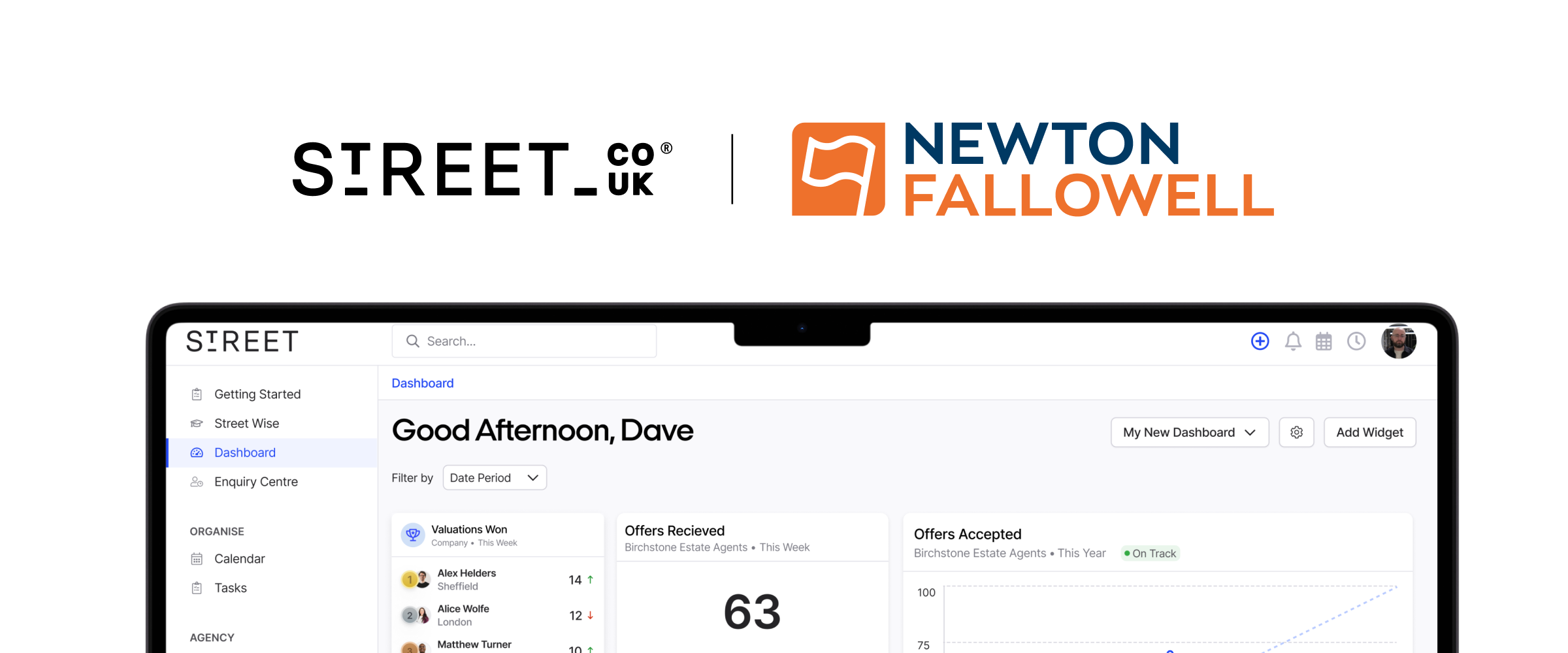
.png)
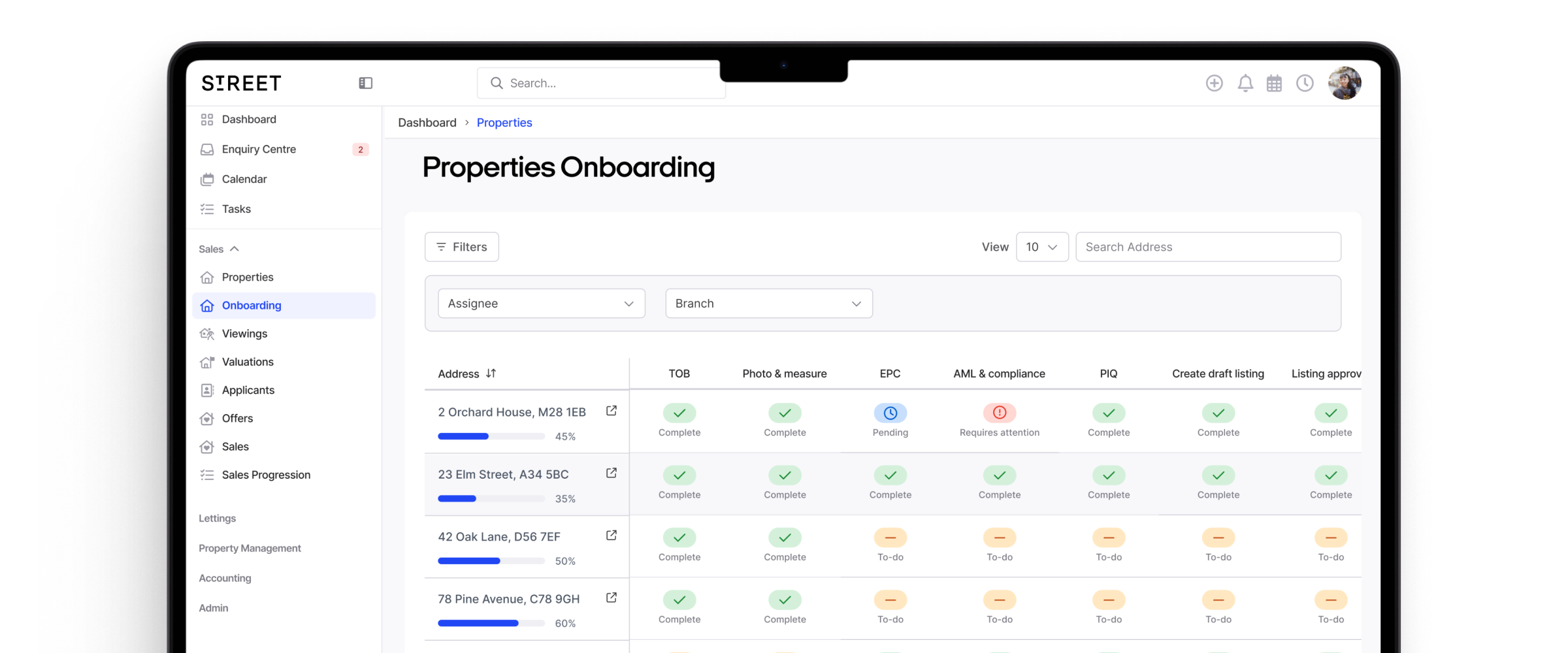



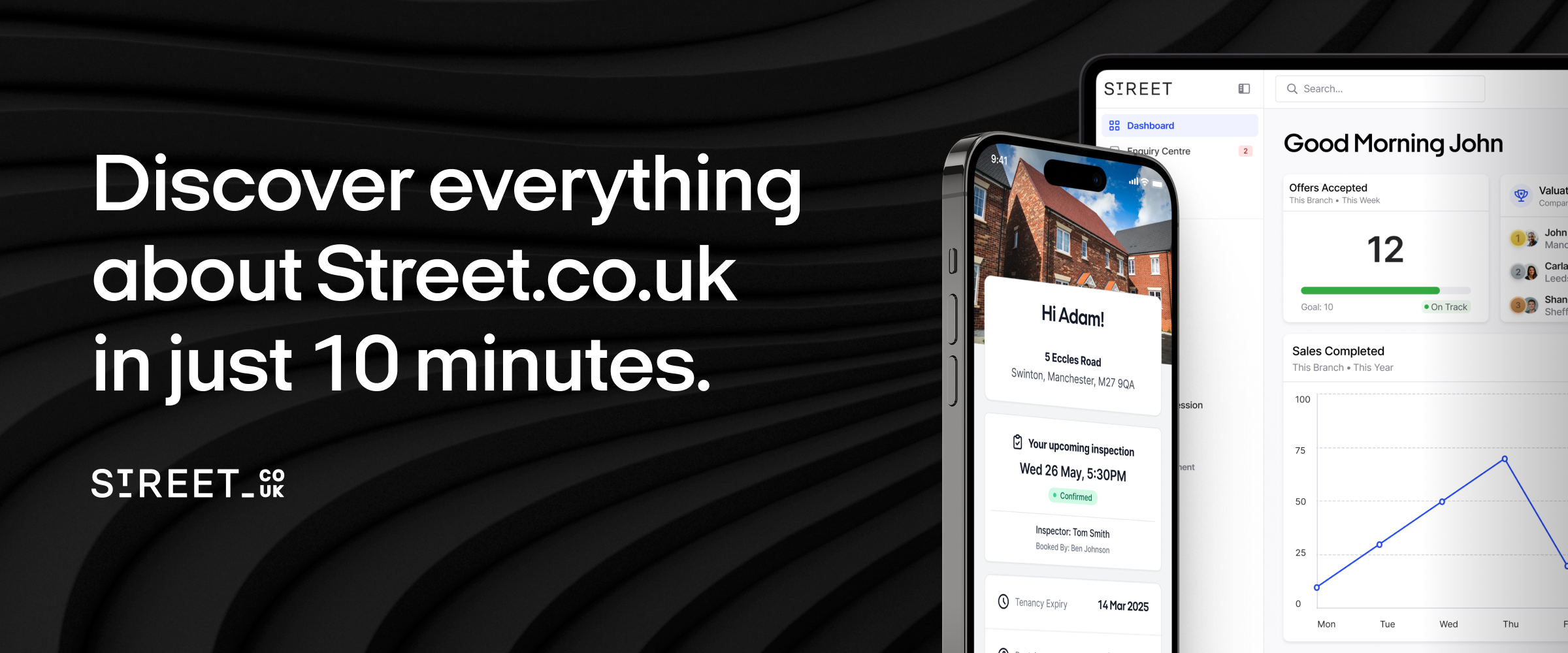

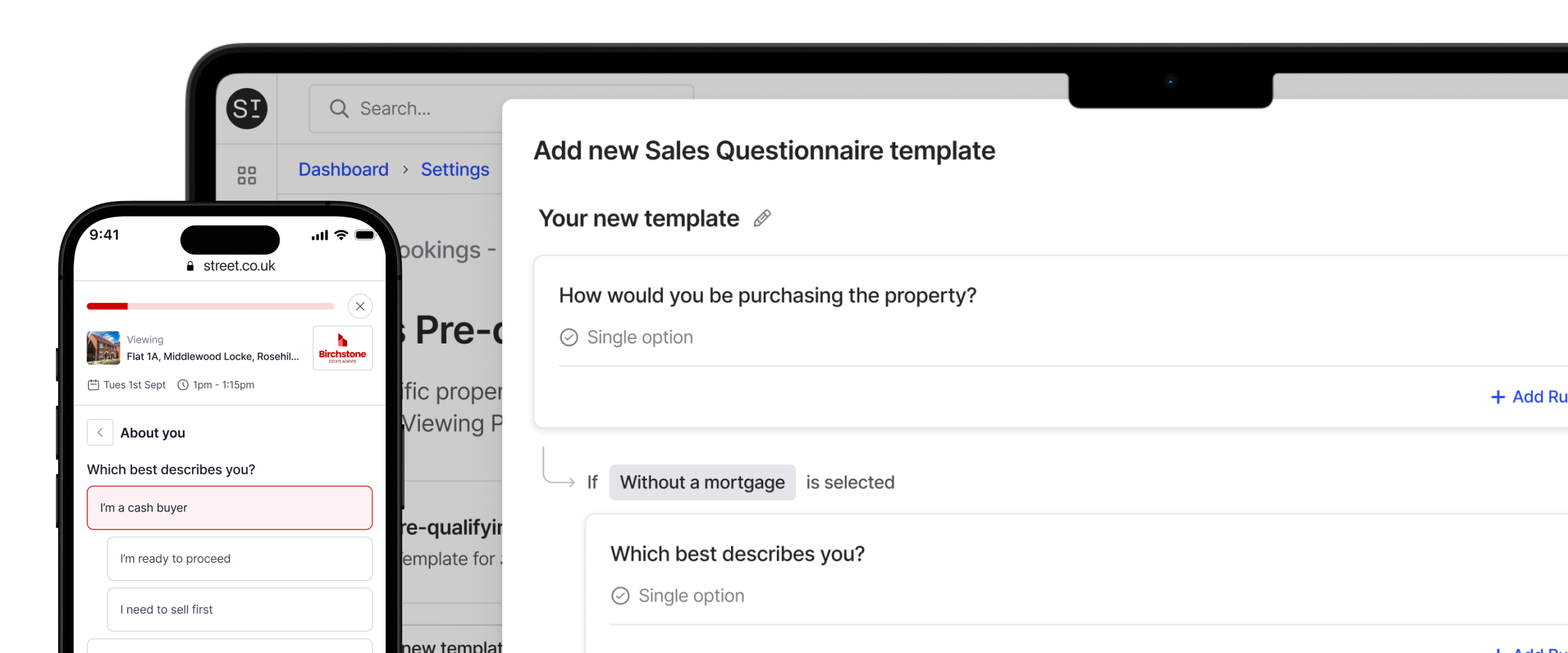
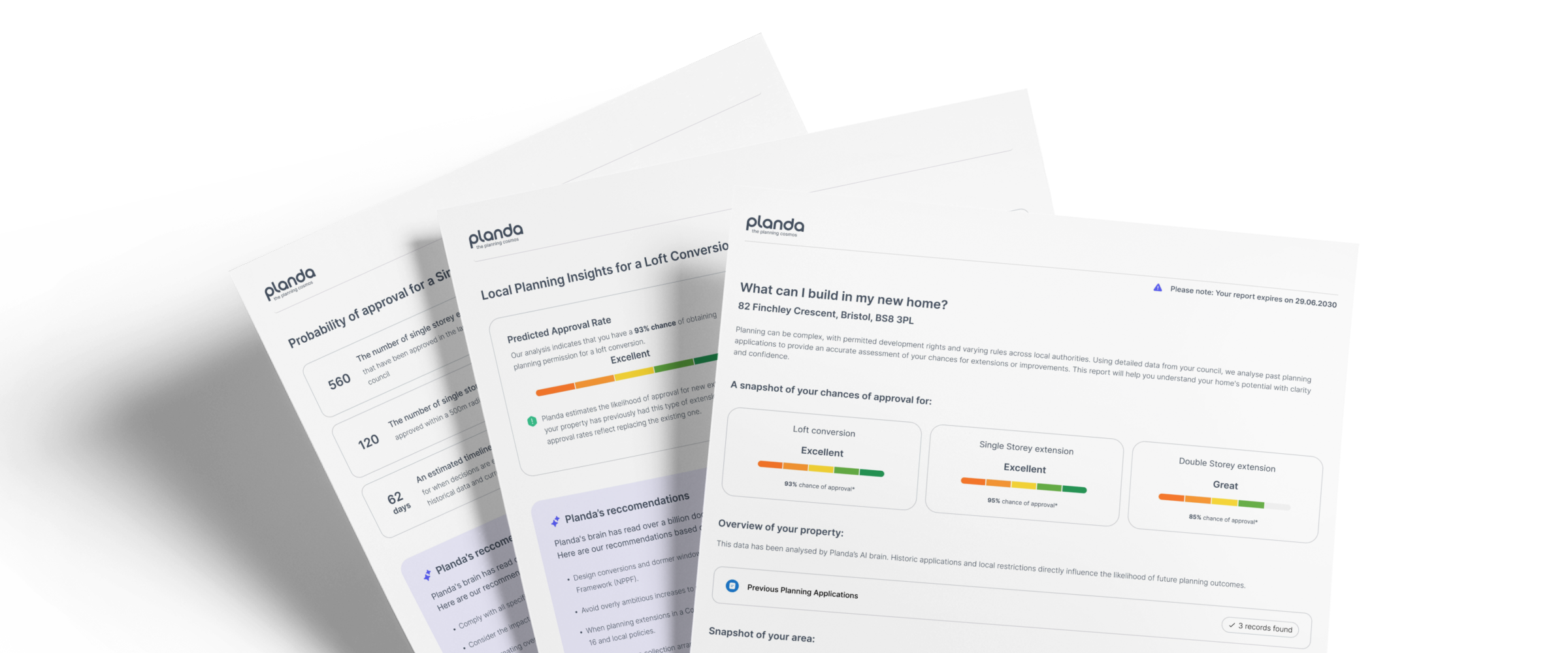

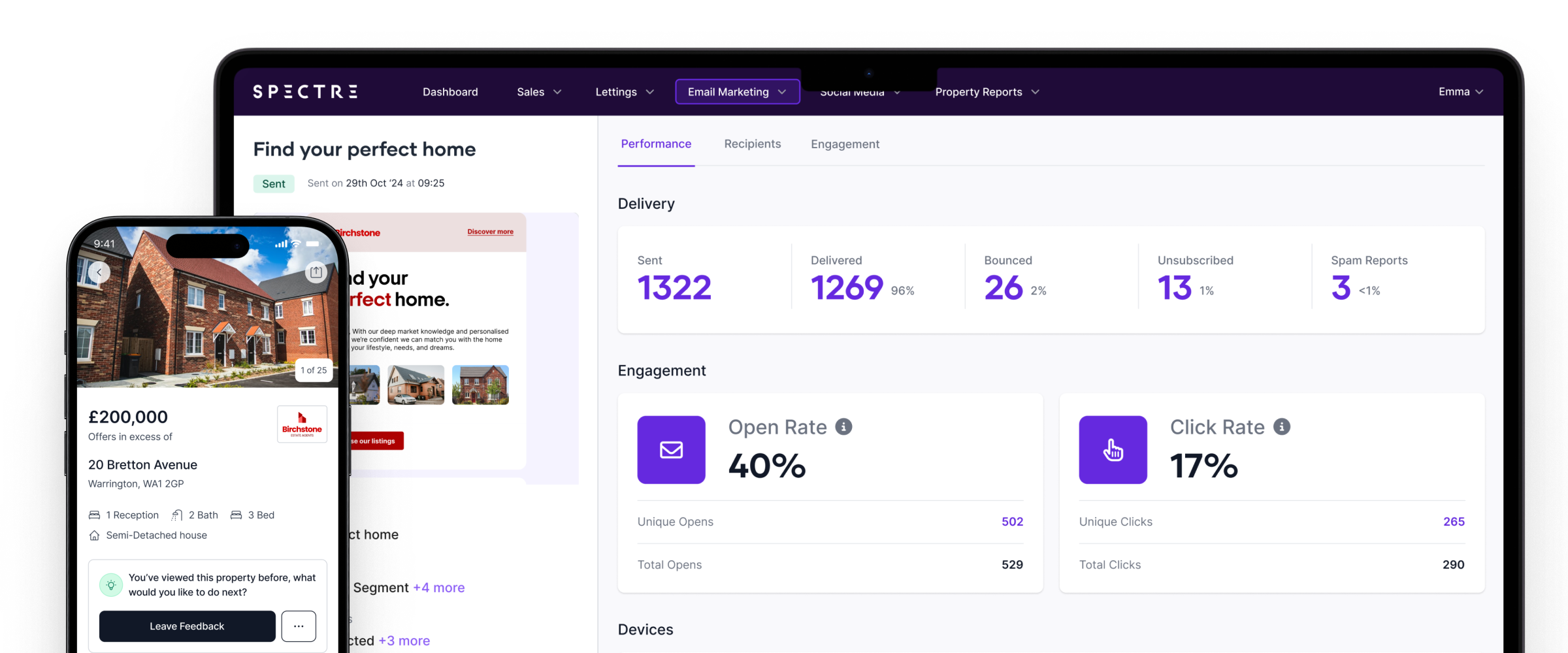

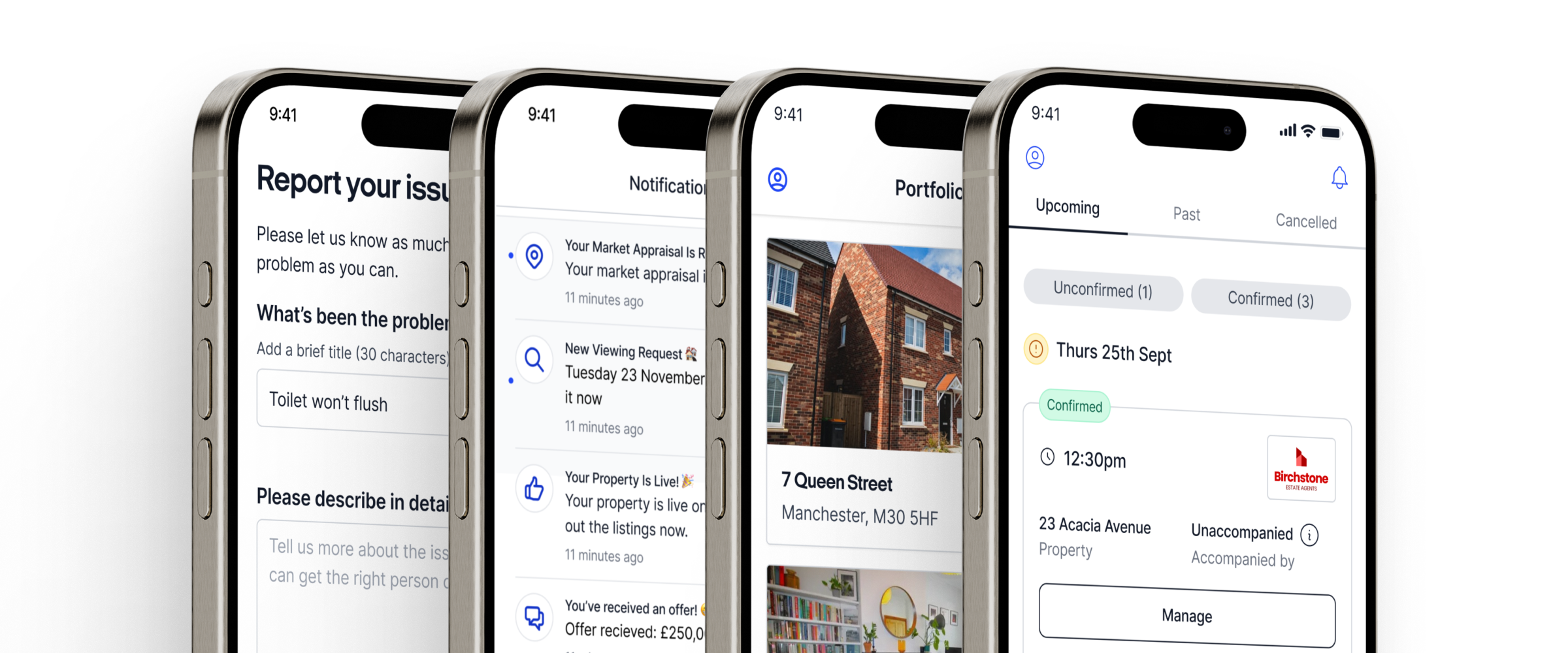




.png)
.jpg)








.jpg)
.png)
.png)
.png)
.jpg)



%20(1).png)
.jpeg)




.png)




.jpeg)



.jpeg)

.jpg)


.jpg)














.png)






.jpg)

















